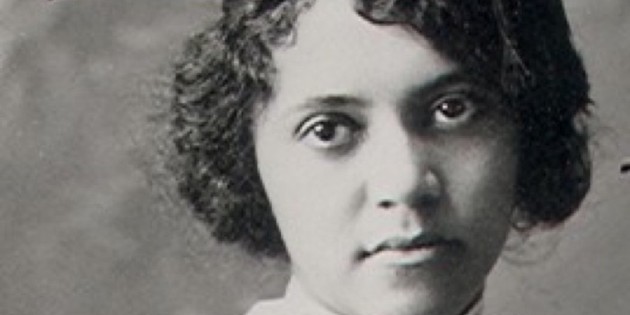Our American history cannot be written without the remarkable contributions of African Americans. Just consider figures like Alice Augusta Ball, who developed one of the first effective treatments for leprosy, or Garrett Morgan, a trailblazing engineer who helped create our modern traffic lights. Our country, and our world, have been changed for the better thanks to these breakthrough innovations. Unfortunately, African American accomplishments are something which often get overlooked in the hustle and bustle of modern education. As a result, students are left with an imperfect understanding of history – one bereft of notable heroes and vital knowledge.
With the beginning of Black History Month, educators have a real opportunity to fill in some of these gaps while introducing their students to some amazing African American pioneers. Not only will this give students a better understanding of American history, but it can also inspire them as they continue their own educational journeys. The only real question is where should their class begin? Here are just a few ideas teachers should consider as they celebrate Black History Month in their classrooms:
- Celebrate with Literature: Representation is an important feature of education. Students who see themselves reflected in books and other media are often more inspired and more motivated to engage with their lessons. Start Black History Month by introducing students to books that feature African American perspectives and characters. For younger students, books like Hair Love by Matthew A. Cherry and Vashti Harrison can help increase their reading and vocabulary skills. For older classes, the writings on Maya Angelou can help broaden their horizon by exploring the grounding power of stories.
- Recognize Innovators: Alice Ball and Garrett Morgan are not the only pioneers who made waves in their fields of study. Start each day by introducing your students to an African American individual who helped create positive change. Students can get to know figures like Alvin Ailey, who brought national attention to black dancers, Mary McLeod Bethune, who founded schools and fought for African American education, and Dr. Charles Drew, who saved countless lives with his research into human blood. These inspirational figures can help motivate your students to continue learning and remind them that there are still countless African American heroes waiting to be recognized.
- Look Beyond February: While Black History Month does provide opportunities for educators to highlight African American accomplishments, these lessons shouldn’t be confined to a few weeks in February. Take a moment to reflect on ways you can include African American history, literature, and voices in your classroom throughout the year. By doing so, you’ll be providing your students with a more well-rounded and balanced education and ensuring that any gaps in learning don’t reopen once the month is over. Learning is a lifelong process after all, and it’s important for educators to consistently review and refine their lessons to better support student growth.
If you found these strategies to be helpful, be sure to check out the Blue Apple Timely Topic: Celebrating Black History Month. This resource comes with five free activities that will help your students exercise their creativity and critical thinking skills while learning about the influence and impact that Black Americans have had on our history. Do one or do them all — the choice is yours. Let’s make sure this February is one filled with student inspiration, discovery, and growth!
*Image Courtesy of Wikimedia Commons.
